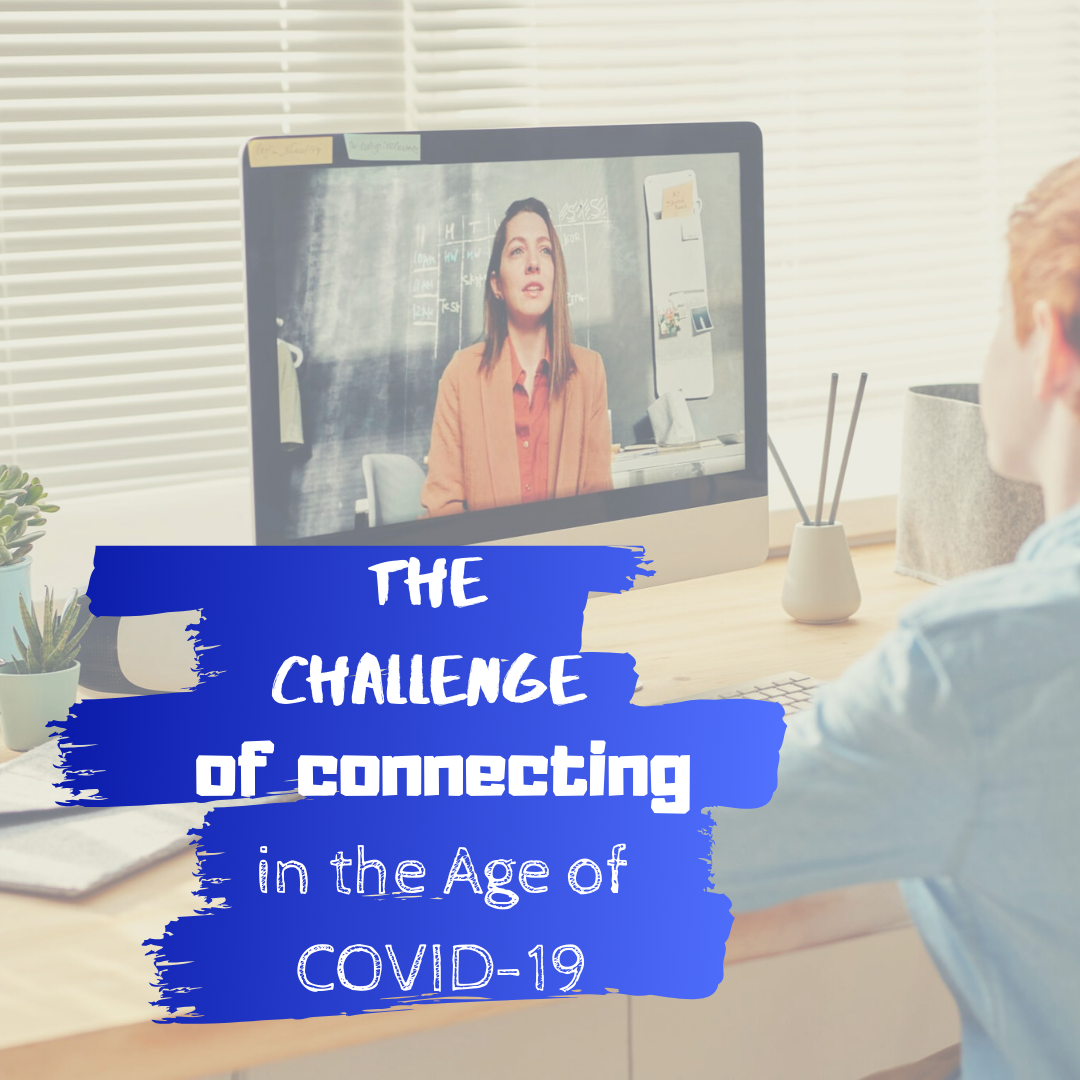Simulations and games have grown from rote drills using a computer to challenging learning experiences for students that hone problem-solving and critical thinking skills. They are fun for students, keep them engaged, and teach the foundational pieces of a lesson. I
I’ve talked about gamifying elements here and here (and under this tag). One of our Ask a Tech Teacher contributors goes into depth about simulations–what these are and how to use them. The article’s about 1000 words and well worth the read:
Simulations as a Teaching Strategy – Everything You Need to Know
In the diverse and ever-evolving world of simulation, there’s no doubt that tactics such as gamification continue to have a positive impact across a broad range of industries and activities. This is certainly prominent in the workplace, where some 90% of employees say that gamification makes them better at their job and more productive at work. What’s more, employees experience an average 48% engagement increase through gamification, highlighting its ability to impart potentially complex subject matter to individuals.
This is why gamification and wider simulation strategies hold huge value in educational facilities across the globe. But what are the key considerations when leveraging simulation as a viable teaching strategy?
What is a Simulation?
In simple terms, simulations are instructional scenarios where the learner is placed in a virtual or interactive world as defined by a host. In educational facilities, it’s teachers that define the boundaries of such realms, creating a virtual reality in which students can interact, learn targeted activities and hone practical skills. Simulation is a particularly viable teaching strategy in higher education, as students at this level tend to boast excellent focus and a natural affinity with technical software and devices.
In particular, simulations can be used to recreate various business situations and industries, delivering key concepts and practical lessons directly to students. Such simulations can mirror the competitive landscape to even the finest details, while repeating real-time market conditions and external forces outside of supply and demand. Ultimately, the concept of experiential learning techniques such as simulation and gamification have been widely promoted as a viable educational tool since the turn of the century.
However, it has become increasingly relevant as technology has evolved, allowing for more immersive and realistic simulations across the board.
What are the Advantages of Simulation in Teaching?
Before we delve a little deeper into implementation and the best practises when deploying simulation as a teaching strategy, it’s important to understand the advantages of this. These include:
- #1. Simulation Promotes Practical Learning Skills: There’s no doubt that experiential learning and techniques such as simulation promote higher-order learning, which in turn promotes practical skills that are highly transferable. These include critical thinking and self-directed learning, while there’s also evidence to suggest that simulation translates into a deeper understanding of even complex subjects when compared with the traditional, lecture-only class model.
- #2. Simulation Drives Deep Learning: This brings us neatly onto the concept of deep learning, which empowers high levels of understanding and comprehension across a broad range of topics. For too long, education has been underpinned by so-called “surface learning”, which requires only memorisation and an ability to recall basic facts or formulas. This is why simulation remains so popular in higher education, as students at this level are often required to learn complex and detail-oriented subject matter.
- #3. Simulation Promotes Interaction and Higher Levels of Engagement: One of the main advantages of simulation is that it actively demands students to interact or engage with specific concepts or learning material. This is especially true in the case of instructional simulations, which by their nature cannot be passive and compel students to help anticipate outcomes, formulate probing questions and understand precisely what is being taught in detail. Through increased engagement, simulation also creates transferable knowledge that can be applied to alternative problems and scenarios going forward.
- #4. Simulation Promotes Independent Thinking Over Time: By teaching material consistently through simulated models over time, educators can encourage increased rates of independent thinking among their students. Certainly, comprehensive simulations should feature a strong reflection summary at the end, which requires students to think about their behaviour during the simulation and how they interacted with the material. This can change the way students think over time and create a more reflective outlook that drives improved learning.
Implementation – The Best Practises
When implementing simulations in education, there are three core elements that help to guarantee effective learning. We’ve broken these down below along with an explanation as to why they’re so important:
- #1. Preparation: We’ll start with preparation, which will vary depending on the type of simulation deployed and the complexity of the subject matter. Preparation should ensure that all simulations are relevant to the overarching course objectives, while we’d recommend that facilitators do a full trial run or participate in the simulation itself before assigning it to students. It’s also wise to be proactive and identify the ways in which simulations can go wrong, before creating potential solutions should the worst-case scenario unfold.
- #2. Encourage Active Student Participation: For all the benefits and impact of simulations, the effectiveness of this type of experiential learning depends almost entirely on its ability to actively engage students. This is why instructional simulations are so popular, as they encourage students to predict and pre-empt outcomes while justifying these expectations to facilitators. Often, educators don’t fully explain the function of a simulation or the role of each student before it plays out, ensuring that participants are actively engaged from the beginning.
- #3. Hold a Post-Simulation Debrief: Given that simulations drive deeper learning and often create a range of questions in the minds of students, it makes perfect sense to hold a post-simulation debrief. This provides an immediate opportunity for students to ask their questions or provide feedback while the simulation is fresh in their mind, while ensuring that participants fully understand the alignment between the lesson and overall course goals. As a facilitator, you’ll also have to leave ample time for the debrief and ensure that this process isn’t unnecessarily rushed.
The Last Word
So there you have it; the benefits of simulation as a key teaching tool and the main considerations when implementing this type of learning model.
Ultimately, there’s absolutely no doubt that simulation is a highly effective method of imparting information in the digital age, particularly when teaching complex subjects, driving deeper learning and creating a more engaged student base across the board.
What’s more, simulations tend to challenge student behaviour and the way in which they learn over time, while creating transferable skills and knowledge that can be applied to a diverse range of subjects.

Jacqui Murray has been teaching K-18 technology for 30 years. She is the editor/author of over a hundred tech ed resources including a K-12 technology curriculum, K-8 keyboard curriculum, K-8 Digital Citizenship curriculum. She is an adjunct professor in tech ed, Master Teacher, webmaster for four blogs, an Amazon Vine Voice, CSTA presentation reviewer, freelance journalist on tech ed topics, and author of the tech thrillers, To Hunt a Sub and Twenty-four Days. You can find her resources at Structured Learning.





































Hi Jacqui, I have seen simulation training used for air traffic controllers and pilots. It is a great teaching tool for these careers.
That is so true, and on defensive weapons for the military. Great point.